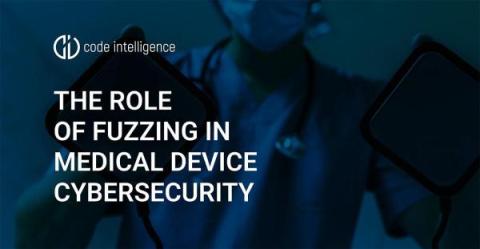The ethical considerations for AI-powered software testing
As AI integrates into every stage of the SDLC, the area of software testing is undergoing transformative and unprecedented changes. In this article, we will discuss the ethical considerations for AI-powered software testing, examining the advantages and potential hurdles generative AI presents as a new technology being applied across the SDLC.







